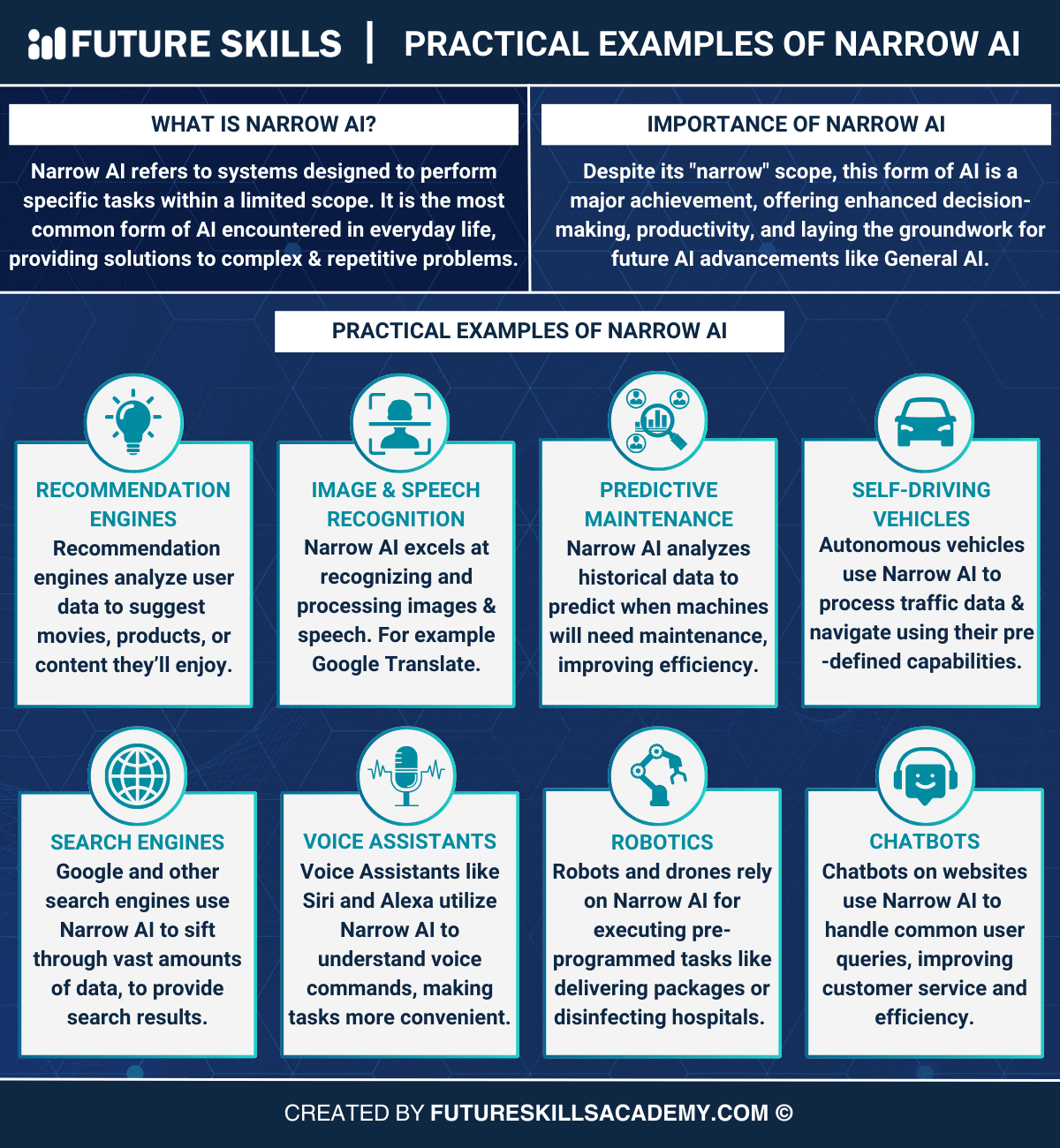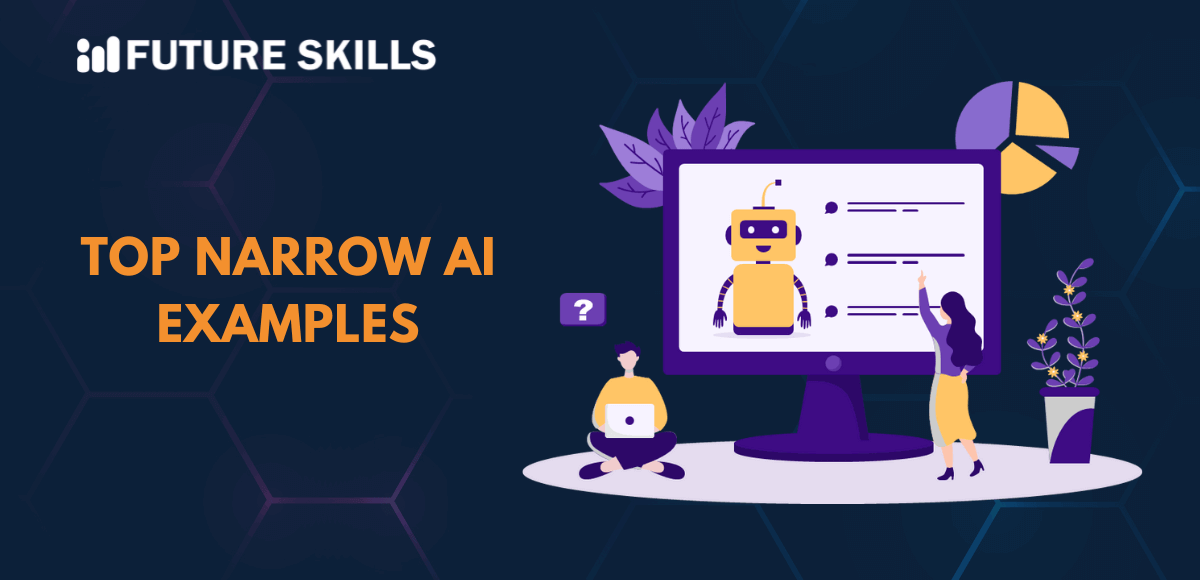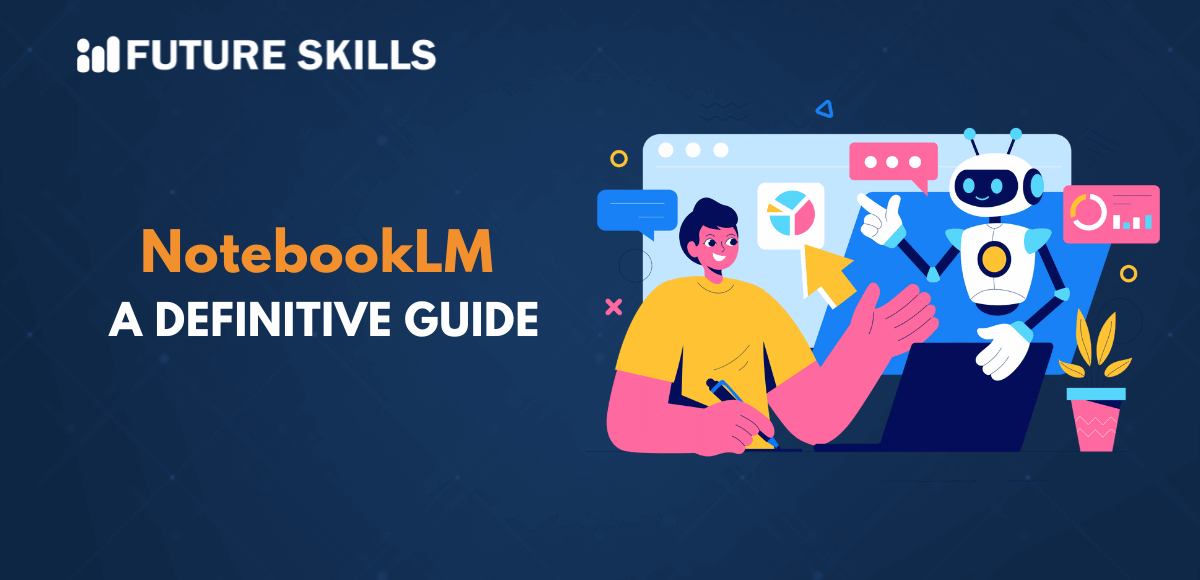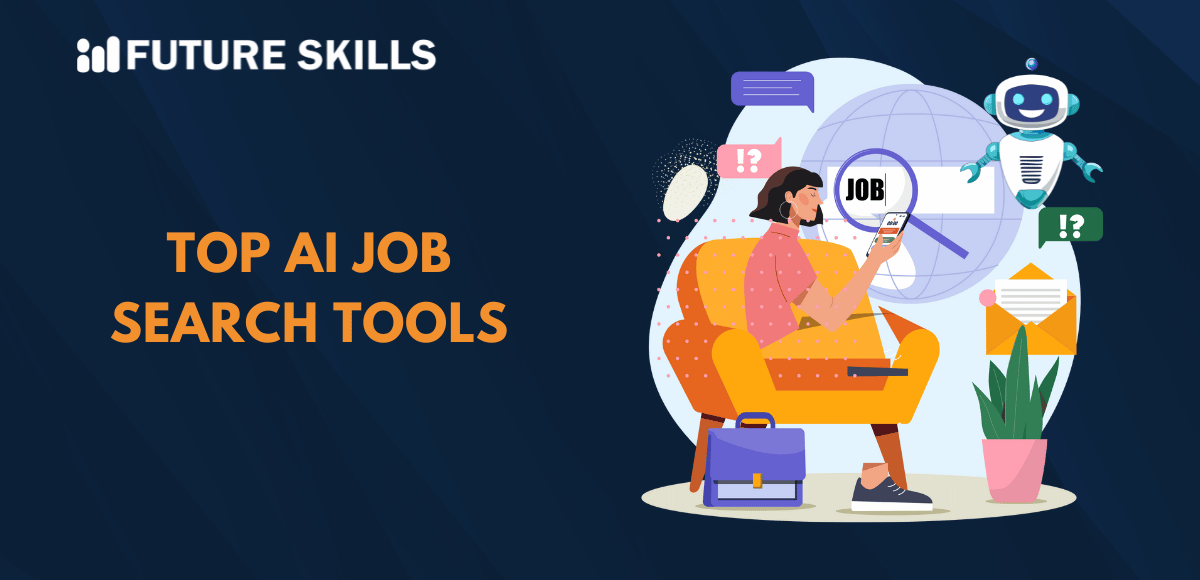Narrow artificial intelligence is an important component of the AI ecosystem as it represents the modern AI systems around you. It has the capability to solve complex problems and repetitive tasks with unmatched precision and efficiency. Some of the top narrow AI examples that you can come across in your everyday lives include virtual assistants and speech recognition systems. Narrow AI may look like the least useful version of AI when you consider the terminology.
You must know that narrow AI or weak AI has the capabilities to solve complex problems with better efficiency. Narrow AI established the foundations of artificial intelligence and created new benchmarks for how the future of AI should look like. The limitations of narrow AI emerge from the fact that it depends on the programming of the AI model which prevents it from learning independently. Let us learn more about the importance of narrow AI with the help of practical examples.
Prepare yourself for the future with our popular AI Certification Course which has a solid curriculum to make you an AI genius.
Understanding the Fundamentals of Narrow AI
Narrow artificial intelligence or weak AI points at artificial intelligence systems that have been tailored for specific tasks. Narrow AI systems work within a limited collection of constraints that validate the meaning of their name. The answers to queries like ‘Is chatbot an example of narrow AI?’ might help you understand that chatbots use narrow AI as they are programmed to respond to a specific set of questions. It is the most common variant of AI that you would come across in your everyday lives.
The primary goal of narrow AI focuses on performing tasks that generally need human intelligence. At the same time, narrow AI systems must work within a limited collection of constraints and aim for specific tasks. Narrow AI cannot develop its own consciousness or understanding of the world around us as it relies on pre-programmed instructions and patterns identified in data. For instance, narrow AI systems designed for language translation could not recognize subtle differences in different accents or dialects that are not included in its training data.
Narrow AI has gained popularity for the ability to perform certain tasks with better accuracy and efficiency. You can use narrow AI systems around the clock without any breaks or the concerns of paying salaries. The utility of narrow AI systems is clearly visible in the case of tasks that are time-consuming, repetitive, and sometimes dangerous.
Discovering the Value of Narrow Artificial Intelligence
The first thing that comes to mind when you think about narrow artificial intelligence is the limited scope of narrow AI systems. You may wonder about the reasons to use narrow AI when it has been classified as weak. It is important to know that narrow AI is one of the most significant intellectual achievements in human innovation. The following advantages of narrow AI can help you understand why it is important.
-
Relief from Repetitive Tasks
The most important highlight of all artificial narrow intelligence examples is the relief from repetitive tasks. Technical advancements in narrow AI have ensured freedom from repetitive tasks that are time-consuming and dangerous in some cases. You can notice how narrow AI has made it easier for everyone to order food or analyze large datasets to obtain valuable insights. Narrow AI also serves as a useful component in the technologies behind self-driving cars.
-
Enhanced Decision-Making Capabilities
Artificial narrow intelligence or ANI systems also offer the advantage of faster decision-making as they are capable of faster data processing than humans. Narrow AI systems can complete tasks faster than humans which would ultimately boost efficiency and productivity. Some narrow AI systems such as IBM Watson have proved useful for the healthcare sector as they help in leveraging AI to make better decisions.
-
Better Productivity than Humans for Specific Tasks
Narrow AI systems are better at performing specific tasks better than humans as they are trained for the tasks. You can find narrow artificial intelligence examples in healthcare that can use ultrasound or X-ray images to detect cancer. Another notable example of the productivity of narrow AI systems is evident in predictive maintenance systems of manufacturing plants. Narrow AI can help with real-time analysis of data from sensors on machines to determine the ideal maintenance schedules and time for repairs.
Paving the Path to Building Intelligent AI Systems
Artificial intelligence is still in the initial stages as you can program narrow AI systems to work only on specific tasks. Narrow AI systems play a major role in establishing the foundations of the future of artificial intelligence with general AI and super AI. The foundational technologies in the AI landscape create the path for self-aware variants of AI that may emerge in the future.
Familiarize yourself with the fundamentals of AI, generative AI, and use cases of AI with our new AI for Everyone Free Course. Enroll now!
Exploring the Top Examples of Narrow AI
Narrow AI systems have gained the attention of the world for various reasons. Algorithms working behind narrow AI models simulate human intelligence to work on specific tasks. You cannot expect cognitive abilities in narrow AI systems or possibilities of the systems deviating from their pre-programmed instructions.
The following practical examples of narrow AI applications can offer a clear impression of the value of narrow AI in the broader AI ecosystem.

-
Recommendation Engines
The most popular examples of narrow AI in the world right now are recommendation engines. You might have wondered how Netflix manages to show recommendations that you would love to watch. Amazon and other ecommerce platforms also use narrow AI to recommend products that you might want to buy. The recommendation engines on these platforms use narrow AI to evaluate customer data for coming up with accurate recommendations.
-
Image and Speech Recognition
The list of top narrow AI examples with practical utility also draws attention towards image recognition systems. Narrow AI has become an integral part of healthcare through image recognition that helps in detecting diseases accurately and at more speed. You can also find the applications of narrow AI in image recognition across other industries. The best example of the speech recognition and translation capabilities of narrow AI is Google Translate.
-
Robotics
The practical examples of narrow AI systems also include robotics as the robots being used now don’t have independent consciousness. Manufacturing robots, drones and warehouse robots use narrow AI to follow a specific set of instructions and accomplish various tasks. The utility of narrow AI in robotics showed promising value during the pandemic when disinfecting robots and delivery bots helped people stay safe while fulfilling their needs.
-
Voice Assistants
Google Assistant, Amazon Alexa and Siri are also the top practical examples of narrow AI that you must have used in daily lives. The voice assistants used narrow AI for data classification and providing faster responses to your queries.
-
Chatbots
The answers to ‘Is chatbot an example of narrow AI?’ can help you understand that chatbots are one of the earliest examples of narrow AI. You must have talked to chatbots on different websites and most of them may have narrow AI driving their conversations. Chat features on AI chatbots use AI algorithms that can answer common questions expected from users. Chatbots have relieved people to make them work on tasks that require more human intervention.
-
Predictive Maintenance
Narrow AI also serves as a useful resource to empower predictive analytics. Narrow AI systems can leverage data, machine learning and algorithms to go through historical data for coming up with predictions about events expected in future. AI can help in identifying maintenance issues or repairs required for machines in manufacturing plants.
-
Search Engines
Search engines such as Google have also shown how narrow AI can introduce multiple advantages irrespective of their limitations. You can type any query in the search box and the algorithm of the search engine would go through its massive database. Narrow AI works its magic in search engines by classifying the massive collections of data available on the internet and determining the ideal answers to user queries.
-
Self-Driving Vehicles
Self-driving vehicles or autonomous vehicles are also another practical example of narrow AI or weak AI in the world now. Autonomous vehicles might be one of the best narrow AI examples that would help the world. The vehicles would run on pre-programmed functions and use data points such as traffic flow and location data. However, it is also important to note the challenges such as lack of cognitive abilities to recognize potential road hazards.
Final Thoughts
The insights on capabilities of narrow AI show that it is not ‘narrow’ by any means. You can understand the reason for the name as narrow AI works with a narrow scope focused on specific tasks. The review of narrow artificial intelligence examples suggests that you might have many narrow AI applications around you now. Think of a search engine or a chatbot on a website and you have examples of narrow AI.
The different practical examples of narrow AI can revolutionize user experiences, reduce costs for businesses and also save lives. Most important of all, narrow AI systems create the foundations for the future versions of AI such as general AI and super AI. Discover more insights about the other variants of AI and how narrow AI can expand the AI ecosystem in future.







